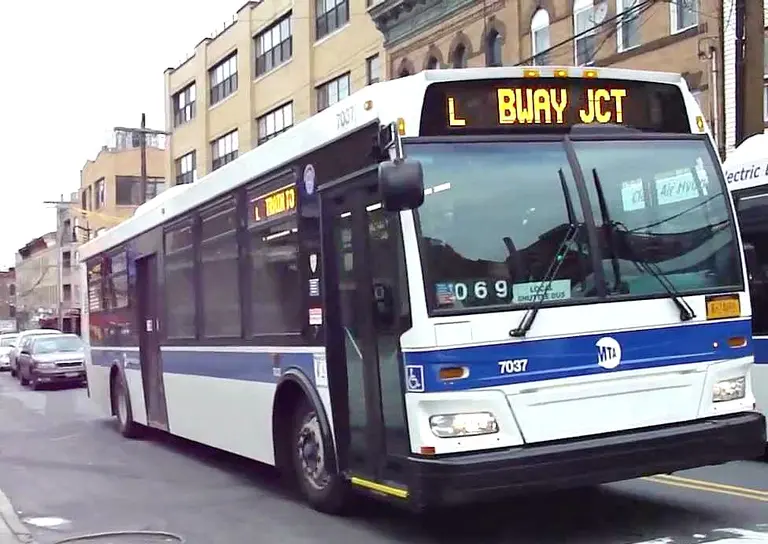Keep Track of Your World Travels With This Colorful Scratch-off Map
Find out more here
Your browser does not support the video tag. Today it seems like another supertall building goes up every single day, but it took a couple hundred years for New York City to become the concrete jungle that it is today. This fun timelapse of Manhattan’s growth from 1815 to 2013 (courtesy of reddit user Africare) puts […]

Image via Allen1628famm/YouTube





 Know of something cool happening in New York? Let us know:
Know of something cool happening in New York? Let us know: